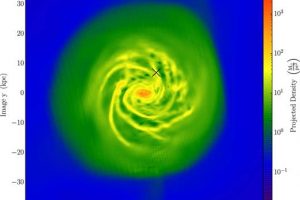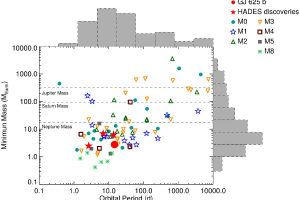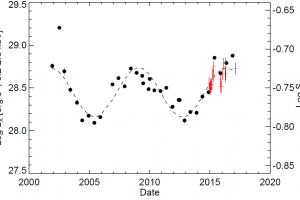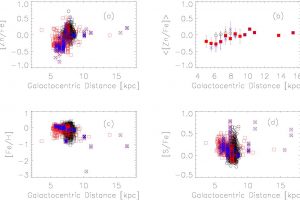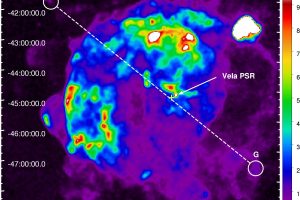Una dettagliata analisi del processo di accrescimento su una stella di pre-sequenza. Pubblicato su A&A lo studio: “Redshifted X-rays from the material accreting onto TW Hydrae: Evidence of a low-latitude accretion spot” di C. Argiroffi
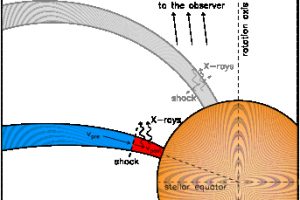
di Mario Giuseppe Guarcello ( segui mguarce) Le stelle di pre-sequenza (ancora in contrazione gravitazionale e nel cui nucleo non si sono innestati quei processi nucleari che le alimenteranno per il resto della loro esistenza) sono talvolta circondate da dischi di gas e polveri: i dischi protoplanetari. Queste strutture sono di grande interesse per vari motivi, principalmente perchè costituiscono
» Read more

